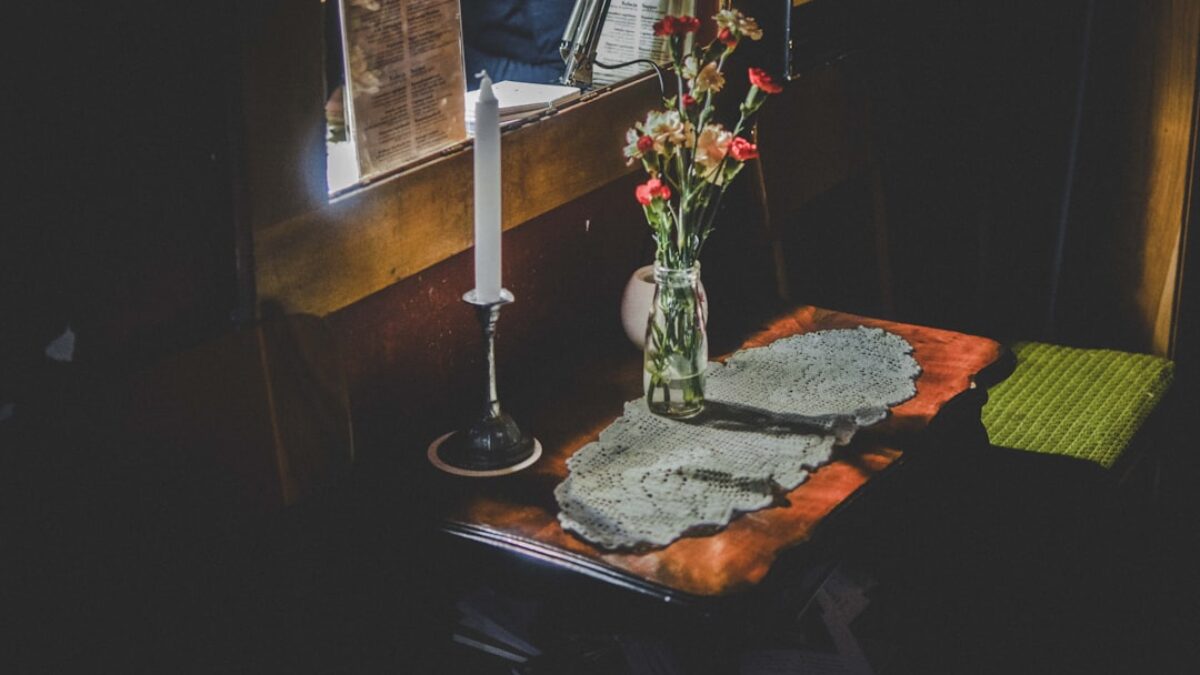The night prayers of Ramadan, known as Taraweeh, bring a unique serenity to the believer’s heart. When mosques overflow or circumstances keep us at home, the desire to recreate that luminous atmosphere becomes urgent. Yet many of us hesitate: How many rak‘ahs should I pray? What surahs are best? Can sisters lead? Does my living room “count” as a masjid? This guide distills the fiqh, the adab, and the practical hacks that scholars and seasoned worshipers use so you can stand in Taraweeh at home like a pro—with confidence, khushū‘, and consistency until the last odd-numbered night.
Understanding Taraweeh in the Islamic Tradition
Meaning and Linguistic Roots
The word Taraweeh stems from the Arabic root rā-wā-ḥā, which implies rest and rejuvenation. Early Muslims would take brief tarwīḥah (pauses) after every four rak‘ahs, drinking water or reclining on their sides to regain strength for the next set. Thus, the prayer itself is named after the rest woven into its rhythm.
Historical Snapshot: From the Prophet to the Four Imams
Night of Power, 2 AH: The Prophet ﷺ prays Taraweeh in congregation for two or three nights, then stops, fearing it might become obligatory. Caliphate of Abu Bakr: The prayer remains voluntary and individually offered. Caliphate of ‘Umar ibn al-Khaṭṭāb: ‘Umar gathers people behind Ubayy ibn Ka‘b with a unified imam and 20 rak‘ahs, standardizing the congregational mode. Four Imams:
- Imam Mālik: 36 rak‘ahs in Madinah (to match the earlier practice).
- Imam Abū Ḥanīfah: 20 rak‘ahs.
- Imam Ash-Shāfi‘ī & Ahmad: allow 8, 20, or more, with 8 being the minimum to follow the Prophet’s sunnah and 20 to follow the majority practice.
Home practice, however, enjoys greater flexibility. You may pray 8, 10, 12, or 20, provided you complete the Qur’an or a substantial portion before Ramadan ends, fulfilling the objective set by ‘Umar and upheld by the ummah ever since.
Key Components of Taraweeh at Home
Pre-Prayer Checklist: Space, Purity, and Intention
- Designate a musallā. Clear a 2 m × 1.5 m area, face the qiblah, and lay a clean prayer rug.
- Physical Purity. Perform wudū’ with mindfulness; add a siwāk for the Sunnah smile.
- Spatial Purity. Remove photos, mute devices, and dim harsh lights. A soft lamp or oil diffuser with ‘oud oil replicates the masjid ambiance.
- Heart Purity. Briefly repent, forgive grudges, and utter the du‘ā’ of leaving sins: “Allāhumma anta ṣ-ṣamī‘ ul-‘alīm, tubtu ilayk…”
- Intention (niyyah). Silently state: “I intend to pray the Sunnah of Taraweeh, facing the Ka‘bah, behind myself as imam, for Allāh, the Most High.”
Structure: Rak‘ahs, Sets, and Pauses
| Mode | Rak‘ahs per Set | Total Rak‘ahs | Rest Breaks | Qur’an Completion |
|---|---|---|---|---|
| Prophetic Minimum | 2 (×4) | 8 | After every 2 rak‘ahs | 1 juz’ over 8 nights |
| Global Standard | 2 (×10) | 20 | After every 4 rak‘ahs | 1 juz’ nightly |
| Hybrid Home | 2 (×6) | 12 | After every 4 rak‘ahs | Adjust pace to finish |
Whichever you adopt, consistency supersedes quantity. The Prophet ﷺ said, “The most beloved deeds to Allāh are those that are constant, even if little.”
Recitation Blueprint: Completing the Qur’an Seamlessly
Selecting Surahs
- Night 1-27: Recite 1 juz’ (20 pages) across the 20 rak‘ahs. Divide each page into rukū‘-length segments (~15 lines) or use color-coded musḥaf indexes.
- Theme Pairing: Pair Makki surahs with patience themes on Mondays-Thursdays, Madani surahs on law and society on weekends.
- Children’s Track: For families, recite shorter surahs (Yāsī, al-Mulk, al-Wāqi‘ah) each night, adding tafsīr stories to sustain their attention.
Tajwīd Accelerator
- Download Ayat or Tarteel AI to auto-pause when you mispronounce.
- Shadow-imam: play Mishary Rashid al-Afasy at 0.75× speed, recite along, then mute and repeat solo.
- Track progress in a Google Sheet: columns for “Surah,” “Mistakes,” “Repetitions,” and “Date Mastered.”
Timing: From ‘Isha to Witr
Earliest window: After praying ‘Isha’ and its Sunnahs.
Latest window: Until Fajr adhan.
Recommended: Begin 30 minutes after ‘Isha’ to allow digestion of iftar, yet leave energy for suhūr.
Leading Yourself or Your Household
Men Leading
Stand in the front row center; siblings or sons form the row behind, even if only one follower. When only women are present, step aside and let the most Qur’an-fluent woman lead from the middle of the same line.
Women Leading
According to the majority of scholars, a woman may lead other women in optional prayers, standing in the middle of the first row. Narrated ‘Ā’ishah and Umm Salamah: they led women with the women behind them.
Voice Modulation
- Men: audible to themselves and immediate followers, but lower than the neighbor’s sleep threshold.
- Women: soft voice, heard only within the prayer zone.
Benefits and Importance
Spiritual Harvest
- Expiation of sins: “Whoever prays Taraweeh with faith and hope in reward, his previous sins are forgiven.” (Bukhari & Muslim)
- Qur’an companionship: Completing the Qur’an inside the prayer seals it in memory better than 30 daytime readings.
- Night of Power search: Standing long in Taraweeh multiplies the odds of coinciding with Laylat-ul-Qadr.
Physical & Psychological Gains
- Circadian reset: Light exposure during Taraweeh delays melatonin, enabling suhūr wakefulness.
- Calorie burn: Up to 300 kcal per 20 rak‘ahs, compensating for iftar indulgence.
- Mindfulness training: Repetitive cycles of bowing and prostrating produce a meditative “flow state,” lowering cortisol.
Domestic Barakah
When the living room transforms into a masjid mini-model, children associate home with worship; spouses sync their spiritual schedules; elders feel included despite mobility issues.
Practical Applications: A Pro-Level Routine
Pre-Ramadan Bootcamp (Week –1)
| Day | Focus | Action |
|---|---|---|
| Sat | Space | Rearrange furniture, test lighting, place kurtis or prayer gowns on hooks. |
| Sun | Tech | Download Qur’an apps, set smart-speaker routine: “Alexa, play Taraweeh mode.” |
| Mon | Recitation | Record yourself reciting Juz’ 1; listen during commute; correct mistakes. |
| Tue | Stamina | Walk 3 km briskly after Maghrib to build cardio for long standing. |
| Wed | Family Huddle | Assign roles: Dad imam, Mom Qur’an page-turner, Kids make Zamzam station. |
| Thu | Witr Backup Plan | Memorize Qunūt du‘ā’ transliteration. |
| Fri | Test Run | Perform 8 rak‘ahs with family; time each segment; refine pauses. |
Nightly Blueprint (Example: 20 Rak‘ah Mode)
AdhāAutomation: Phone set to airplane mode 10 min before ‘Isha’. ‘Isha’ & Sunnahs: 4 + 2 rak‘ahs, total 20 min. Taraweeh Set 1 (Rak‘ahs 1-4): Begin at 9:30 pm. Recite pages 1-5 of Juz’ X. Tarwīḥah 1: 3-minute break: sip water, apply ‘itr, silent dhikr. Taraweeh Set 2 (Rak‘ahs 5-8): Pages 6-10. Tarwīḥ
























Post Comment